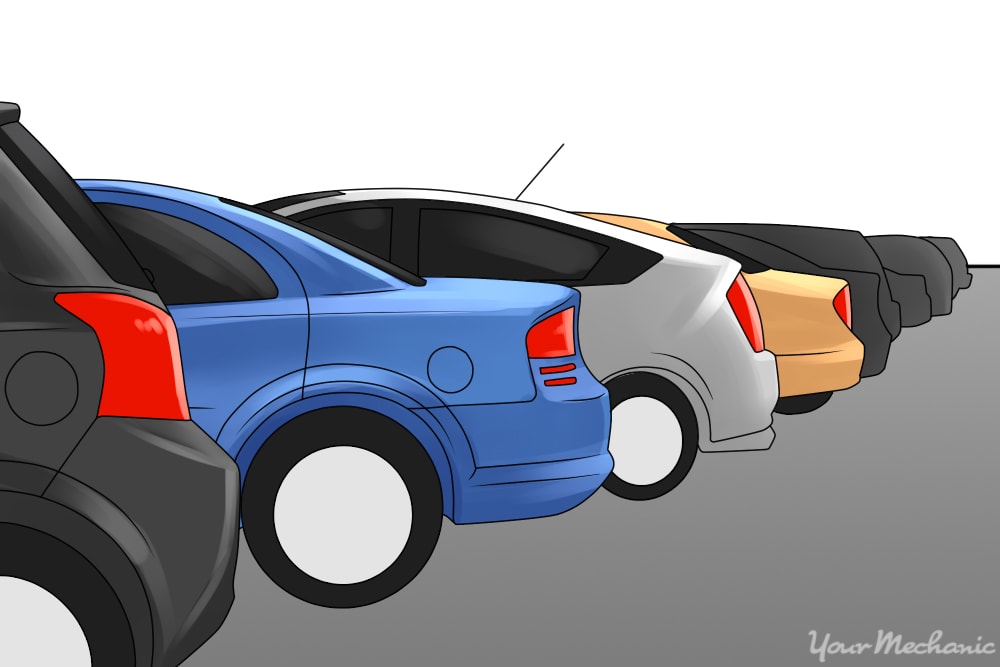

Have you ever looked at a car driving by or parked on the side of the road and thought, “I wonder what that is?” You’re not alone. Most people spend their lives around cars and yet only a small percentage can look at any one of them and tell what it is right away.
As far as skills go, being able to correctly identify any car from a hundred yards down to the make, model, and year is not particularly useful unless you’re some sort of detective. Knowing the basics to identifying cars, at least down to the make and model, can be extremely useful, however. Maybe you used an App to order a car, and want to be able to identify it as drives up. Maybe you witnessed a hit-and-run and need to provide a description to police.
Probably the most crucial use of this skill, however, has to do with the Amber Alert system. When an Amber Alert is issued, letting everyone in a certain radius know that a child is missing, it usually includes a description of the vehicle police are looking for. To hone your identification skills, here are a few ways you can look at cars differently that can help you tell them apart:
Part 1 of 3: Learn the basics
Every person on the road should be able to identify the vehicles around them to some extent, and even basic knowledge is better than nothing. The most straightforward thing to learn is the different types of car on the road.
Step 1: Learn to identify the most common vehicles. On the road, particularly on urban and commuter-heavy roads, you’ll often meet with a common few types of vehicle.
Here is a table to help you identify them:
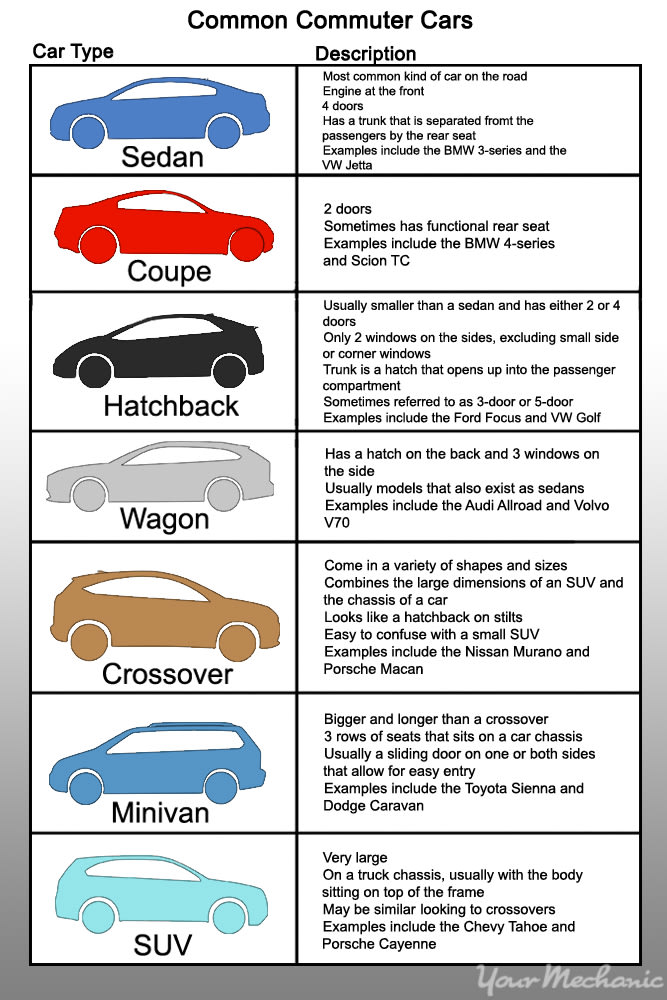
Step 2: Learn about non-commuter cars. Once you have a basic handle on the common commuter cars out there, you can start to learn the differences between other vehicles on the road.
Though they come in many configurations, sports cars can be identified by a couple common features. A sports car is always fairly low and sleek when compared with a normal car, and almost always has two doors. Examples include the Chevy Corvette and Porsche Boxster.
A pickup truck is a vehicle with an open bed in the back that can be used for hauling a wide variety of cargo. Examples include the Chevy Silverado and Toyota Tacoma.
Most off-road vehicles can also be classified as SUVs but are specifically built to be able to handle off-road terrain. Examples include the Jeep Wrangler and Toyota FJ Cruiser.
A van is a large vehicle that has a lot of space on the inside for carrying a lot of cargo. They are slightly taller than the average vehicle and almost have double doors on the back. Examples include the Ford Transit and Dodge Sprinter.
Step 3: Learn about some other non-commuter vehicles. Now you can learn the general terms for other non-commuter vehicles on the road.
A shuttle is somewhere between a large van and a small bus. They usually carry people to-and-from airports, hotels, and resorts.
A utility vehicle is a commercial truck that has been modified for some specific purpose. This category includes dump trucks and cherry-pickers.
A service vehicle is something used specifically when there is an urgent situation. A fire engine or an ambulance would be in this category.
Part 2 of 3: Learn vehicle makes
Now that you can tell the difference between the various types of vehicles on the road, keep an eye out and classify everything when on the road. Maybe some will catch your eye as odd-ball cars that seem to fit into multiple categories.
From ultralight sports cars with no doors to lifted Subarus with knobby tires, there are a number of things out there that will not fit into a single category. That is why it helps to know the names of the common manufacturers of vehicles on the road.
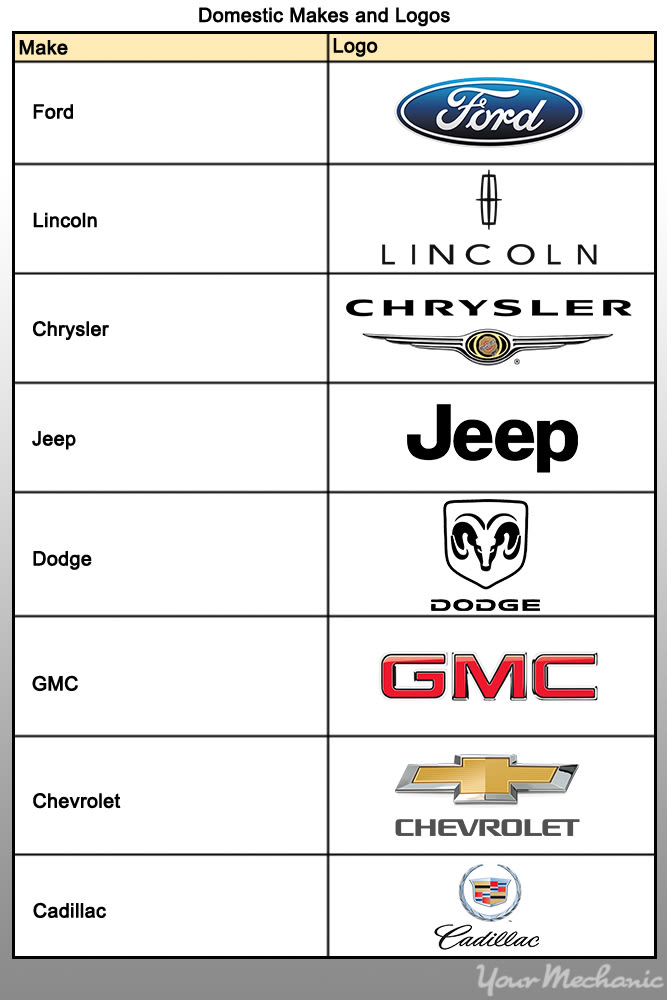
Step 1: Know the makes of domestic vehicles. Domestic vehicles, whose brands originate in the United States, are extremely common on the roads in this country.
Be sure to keep an eye out for their logos as well, which will help you to identify them.
- Note: Some cars often own others. Ford owns Lincoln, Chrysler owns Jeep and Dodge, and GM owns GMC, Chevrolet, and Cadillac
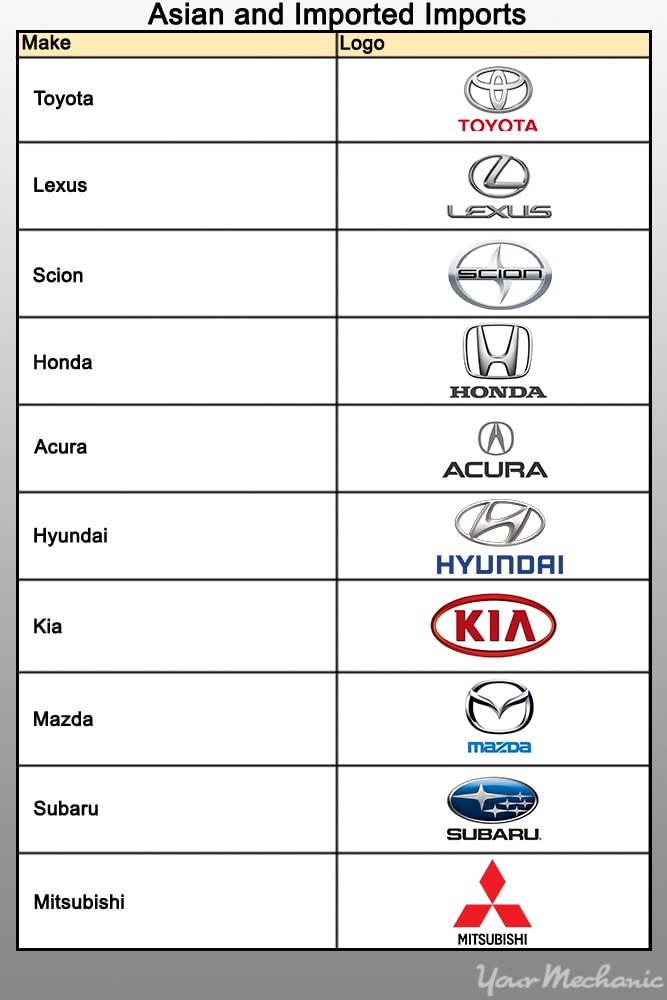
Step 2: Know the makes of Asian imports. After domestic vehicles, Asian imports are the next most popular.
This is mainly due to their above-average reliability and fuel economy. Again, knowing these logos can go a long way to keeping your eyes sharp.
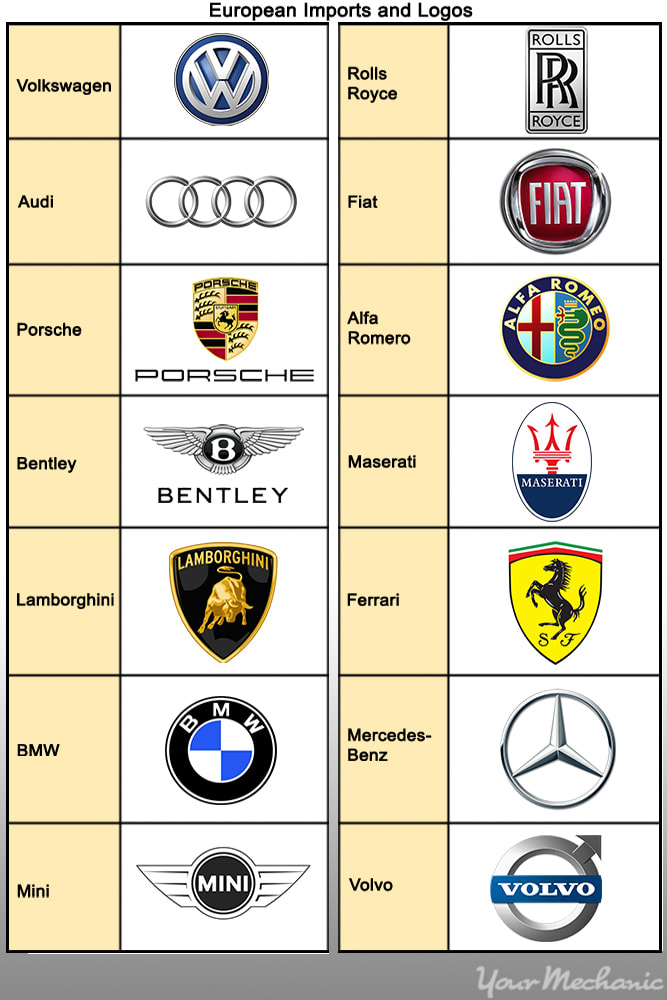
Step 3: Learn the European imports. European imports are less popular than domestic vehicles and Asian imports, but are still extremely popular and commonly seen on the road.
Knowing this logos will be of great help to you as well.
Part 3 of 3: Apply the knowledge
Once you know how to different brands and makes, you can start to see similarities and other finer details about different cars on the road. The only way to build this skill from this point is to apply the knowledge in the real world.
Unless you are an automotive journalist or a car salesman, it is not feasible to learn every single model of car. There are so many with countless variations that the effort involved would be immense. It is better to observe the world around you and see what models of car you can spot.
Step 1: Consider makes and types close to you. Be on the lookout for makes and types that come into your daily life.
Some brands are extremely popular in certain area. For example, the majority of people in Burlington, Vermont may drive Subaru Imprezas, while people in Los Angeles prefer the Toyota Prius.
If you live in an area with limited parking, you will probably see more small cars. If you live in the suburbs, on the other hand, you probably see more minivans and crossovers.
As with anything, practice makes perfect. The more you apply the knowledge required to identify different cars, the sharper your skills will become. You never know when the knowledge could come in handy. If you see a car you particularly like and want to know a bit more about its maintenance and costs of ownership, you can look it up to find a bit more about it.



